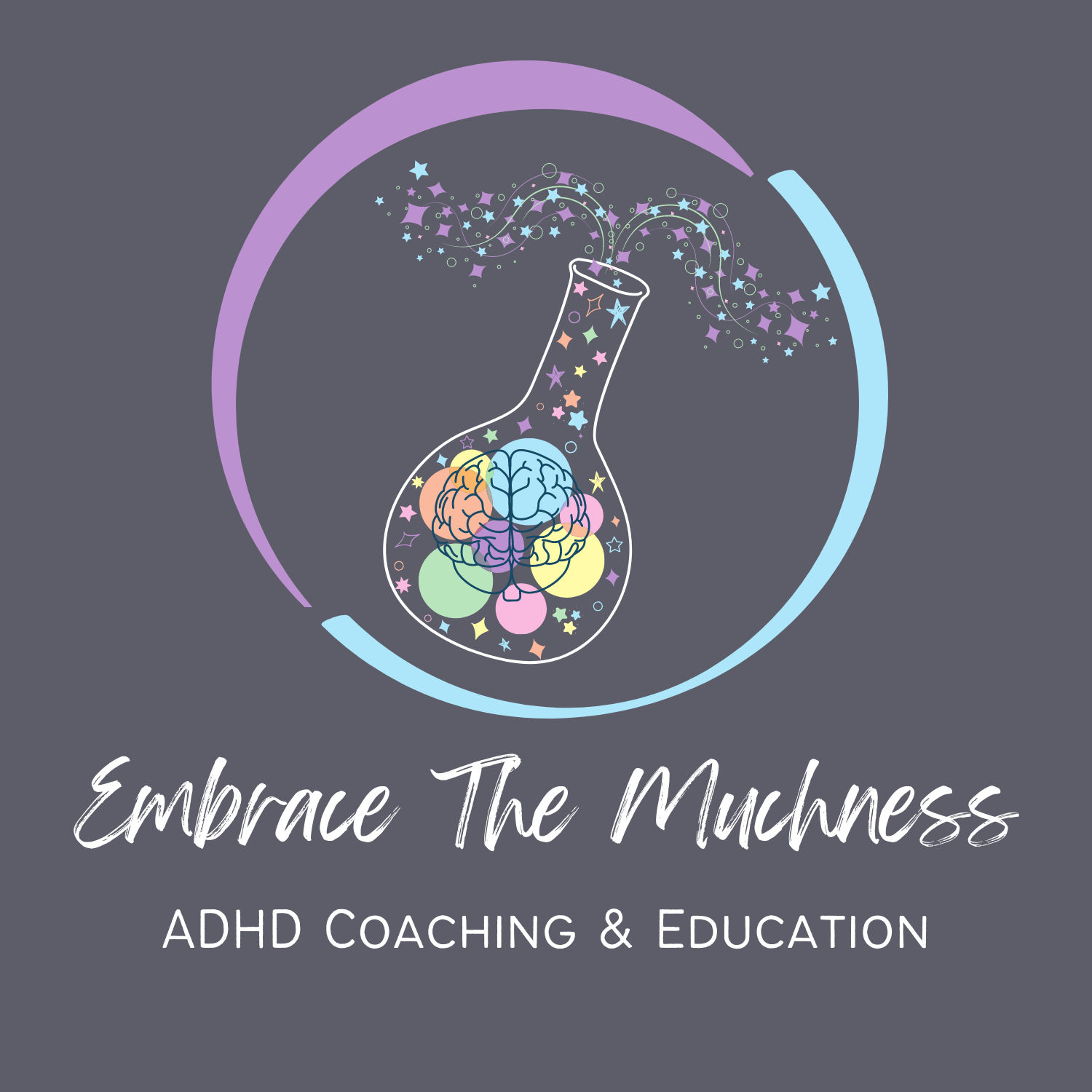Body Doubling: A Strategy for ADHD Task Completion
For individuals with ADHD, completing tasks—especially the ones we struggle with the most—can often feel like an uphill battle. Whether it’s getting started on a work project, studying for a test, writing, paying your bills, doing the dishes, or meal planning for the week, the difficulty in sustaining focus can feel overwhelming. Enter body doubling, a simple yet effective strategy where you work alongside another person for accountability and to increase focus.
What is Body Doubling?
Body doubling or sometimes referred to as co-working involves completing tasks in the presence of another human (doubling the number of bodies present!). Each person focuses on their own independent tasks. It’s not about collaboration or working together on the same task, but rather that the presence of another person helps you stay on track.
Body doubling can be done in various forms:
In-person: You could meet up with a friend or colleague to work on tasks together in the same space.
Virtual: You can meet with someone you know on video chat or can use an online service such as Focusmate* or similar where they will pair you with someone else wanting to body double at the same time as you.
Public spaces: A slightly modified version of body doubling involves going to a café or library where others may naturally be working in your vicinity.
What is a Body Doubling Session Like?
Generally, this structured format is most effective, but of course you can modify it to meet any individual needs. This format works well for both in-person and virtual sessions:
Determine the length of time for the session: Choose a set timeframe that’s long enough to be productive but doesn’t exceed your focusing capacity. Generally, 25 or 50 minute sessions are a good place to start.
Each person identifies the tasks they want to complete: At the start of the session, share what specific task/s you plan to work on. This direct commitment increases accountability.
Work independently: If you’re doing this virtually, it’s common to mute microphones while leaving cameras on. This allows both individuals to work in silence while still seeing each other on screen. If in person, you would attempt to not speak to one another during the agreed upon time frame.
Wrap up: When the agreed-upon time ends, unmute and share what you were able to accomplish during the session. Knowing you will need to share your progress helps keep you focused on your goals. Reflecting on progress, even if small, provides a sense of achievement and closure.
Preparing for a Body Doubling Session
To get the most out of a body doubling session, a little preparation goes a long way. Here are a few tips:
Identify your tasks in advance: Before the session starts, consider which tasks you want to focus on. Ideally pick something that’s challenging to complete on your own—body doubling works especially well for those "hard to start" or "easy to avoid" tasks.
Choose realistic goals: Set a goal that is achievable within the designated time frame. Break down large tasks into smaller, manageable steps if needed.
Prioritize: If you have multiple short tasks to complete in the timeframe, putting them in numbered order of most important to least important can help you stay on track. If you don’t know how long something will take, you could identify one primary task to focus on, and then have a list of a couple more things that are not essential but would be nice to do “if I have time”.
Create an optimal environment: Whether you’re at home or in a public space, set yourself up for success by eliminating the distractions you can control.
Put your phone on silent if allowable
Minimize visual distractions: Physically place yourself in some place that minimizes the amount of things moving in your direct field of vision.
Use body doubling for your most challenging tasks: Tasks that feel tedious and you always avoid are great candidates for body doubling.
Why Body Doubling Works
ADHDers struggle with executive functioning skills like planning, organizing, time management, and task initiation and sustaining attention. Researcher Dr. William Dodson has proposed the idea that ADHDers appear to have an “interest based nervous system” as opposed to an “importance based nervous system” that non-ADHDers have. So, according to Dodson, even if a task is important, if it doesn’t contain something the ADHDer finds interesting, challenging, novel or urgent then we will have a difficult time completing it. I like to add “Accountability" to Dodson’s list of motivators as in my experience that is also a motivator for many of us.
Some people need to experiment with the different methods of body doubling before settling on what works best for them. If trying in person with a friend doesn’t work, try a virtual session with a stranger! If that’s still not working, you might want to get curious about exactly what is getting in the way. Try taking on a researcher mindset and test different scenarios and see what you learn. An ADHD coach can be helpful to guide you through identifying your own personal barriers and exploring potential solutions.
Bobbi-Jo Molokken
ADHD Coach & Educator | Embrace the Muchness
*Focusmate allows you to schedule up to 3 free body doubling sessions per month, or offers an affordable monthly membership fee for unlimited sessions. I am not affiliated with them, but do personally use the service when I can benefit from body doubling and someone from my personal community isn’t available.


